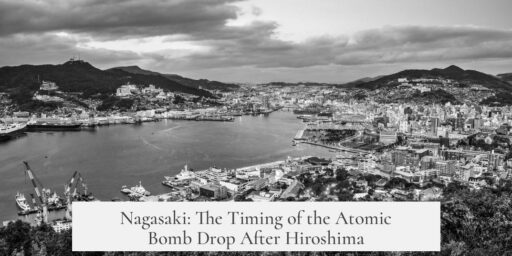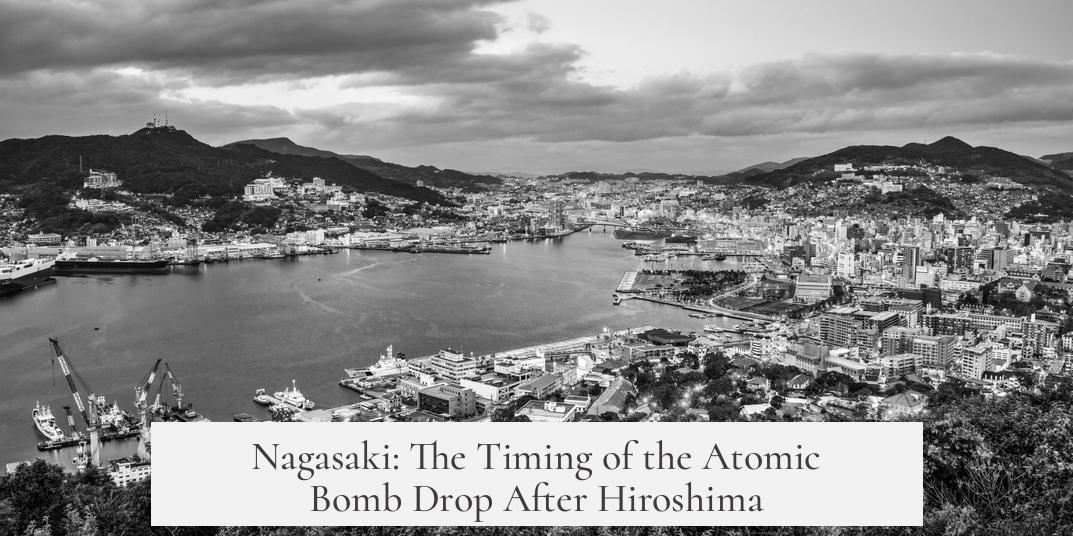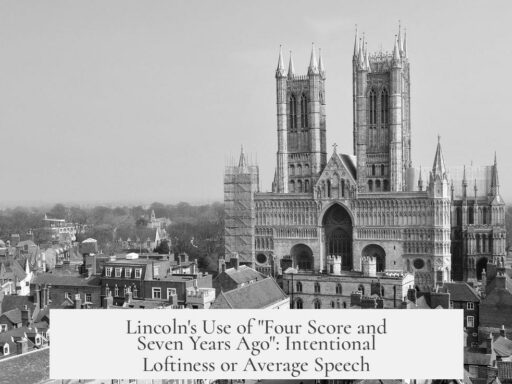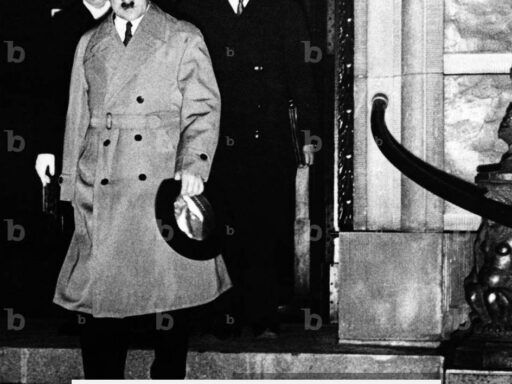The atomic bomb was dropped on Nagasaki just three days after Hiroshima primarily because of weather conditions and a pre-planned bombing schedule that aimed to use available bombs as soon as possible. The United States had prepared multiple targets and multiple bombs, intending to continue bombing operations until all targets were hit or Japan surrendered.
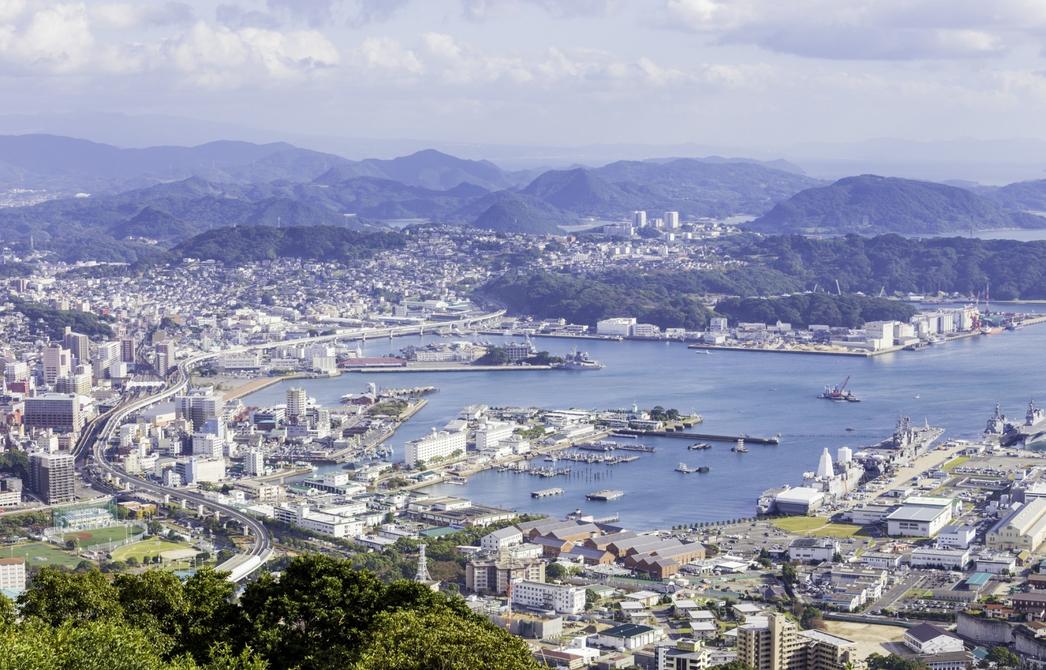
The first bomb was delayed until August 6, 1945, due to poor weather, which necessitated clear visual conditions for bombing. Nagasaki’s bombing occurred on August 9 when the weather was favorable. The 509th Composite Group was given orders to drop bombs on assigned targets “as soon as weather will permit visual bombing,” reflecting a strict timetable focused on maximizing the impact of the newly available weapons.
The campaign was designed to maintain pressure on Japan by bombing repeatedly. Two bombs were ready in early August at their base on Tinian Island, so two were used quickly. Plans existed for additional bombs throughout August and beyond, with a scheduled invasion planned for November if Japan did not surrender.

Communication challenges also shaped the timeline. After Hiroshima, all lines to the city were destroyed, and the Japanese military command was uncertain of the full impact. They only confirmed the nature of the atomic bomb during discussions involving Japan’s broader wartime situation, including the Soviet invasion of Manchuria. Meanwhile, U.S. leaders, including President Truman, were not fully briefed on the exact timing of the second bomb’s drop.
The common narrative of the bombs forcing an immediate Japanese surrender is inaccurate. There was no clear binary decision of bombing or invasion; rather, the bombs were used because they were ready. Truman only realized after Nagasaki that the military planned to continue bombing without specific presidential orders and then issued a directive to halt further bombings without his approval.
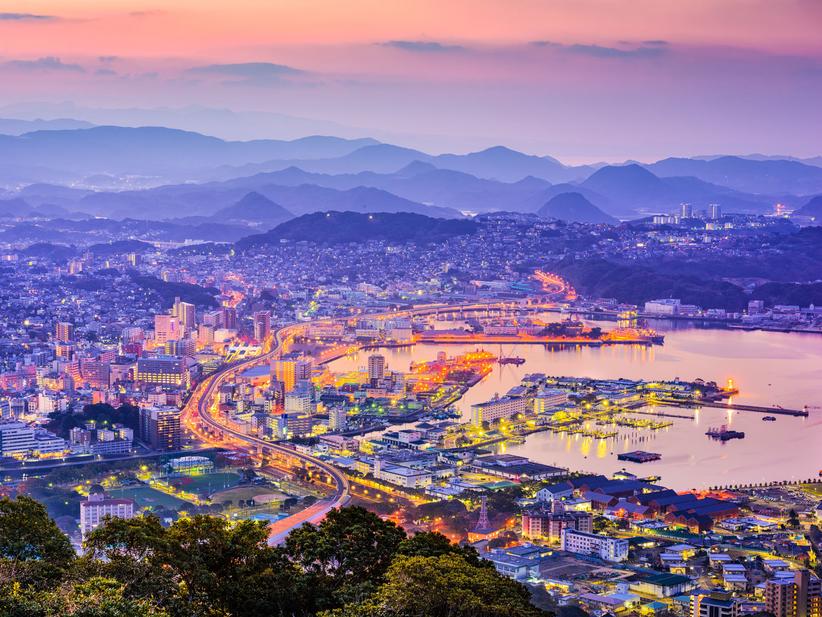
- Weather dictated the three-day gap between the bombings.
- The U.S. had a pre-planned schedule to drop multiple bombs in quick succession.
- Communication breakdown limited Japan’s immediate awareness of Hiroshima’s devastation.
- Use of the bombs was driven by their availability, not expectation of quick surrender.
- Truman later restricted further bombings after Nagasaki to retain control.
Why Was the Atomic Bomb Dropped on Nagasaki in Such a Short Timespan After Hiroshima?
The atomic bomb was dropped on Nagasaki just three days after Hiroshima primarily because of weather conditions and a pre-planned bombing schedule that dictated rapid, successive strikes as soon as visual bombing was possible. But peeling back the layers reveals a complex mix of logistical readiness, lack of clear communication, and strategic plans rather than simple urgency or an immediate demand for Japanese surrender.
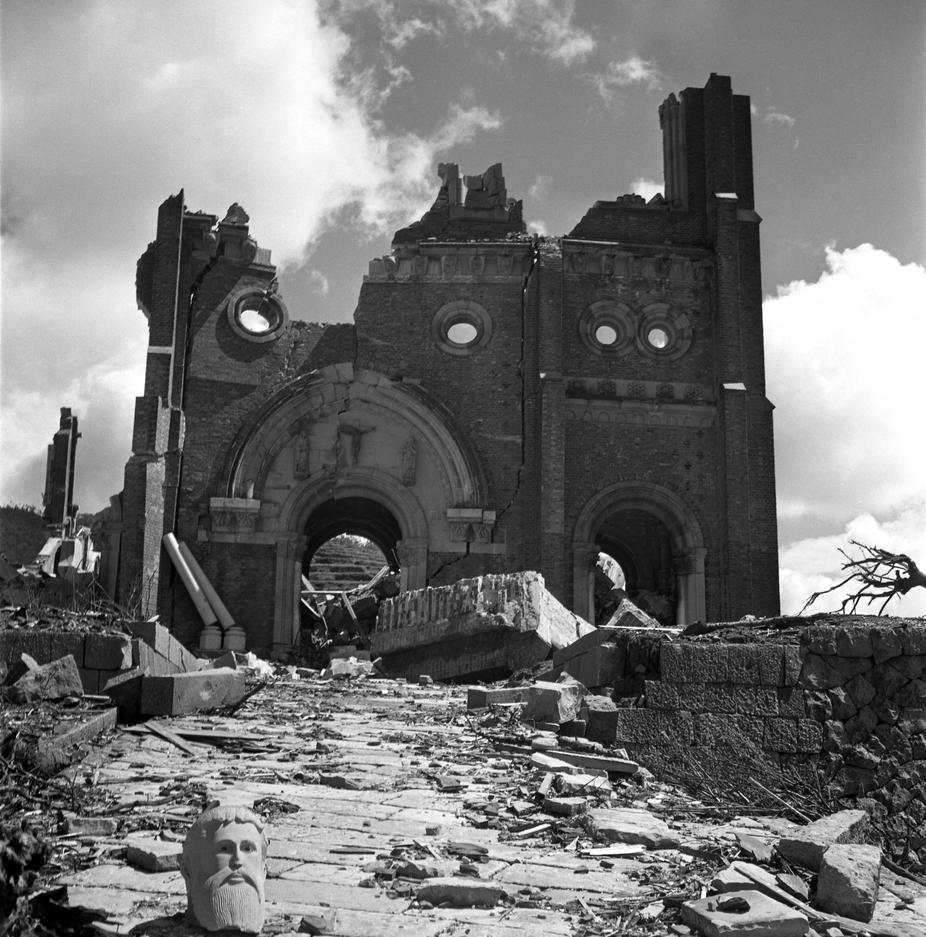
Let’s unpack this fascinating question with a detailed dive into the events, with all their nuance and historic detail.
The Weather: The Invisible Clock
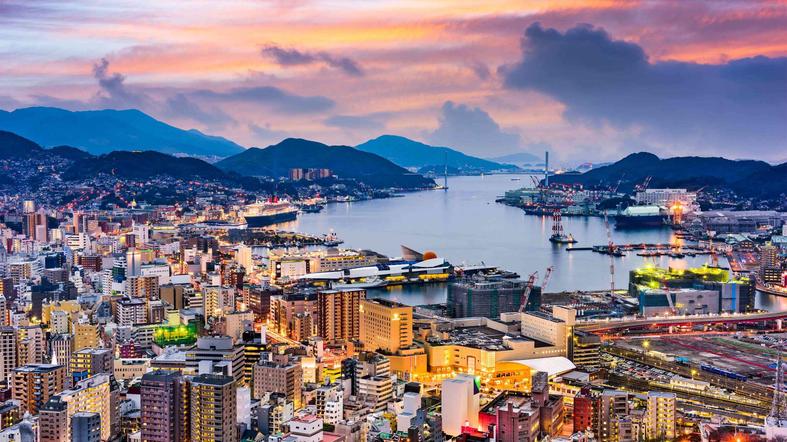
One of the biggest factors controlling the timing was plain old weather. The 509 Composite Group — the U.S. Air Force unit responsible for dropping the bombs — had a list of Japanese cities marked as targets. Their orders were to drop atomic bombs “as soon as weather will permit visual bombing after about August 3, 1945.”
What’s “visual bombing”? Simply put, it required clear skies. No clouds, fog, or storms that would obscure the bombers’ view of the target. The first bomb, dropped on Hiroshima, was delayed until August 6 because the skies only cleared then. Similarly, the second bomb was dropped early on August 9, once visual confirmation was possible over Nagasaki.
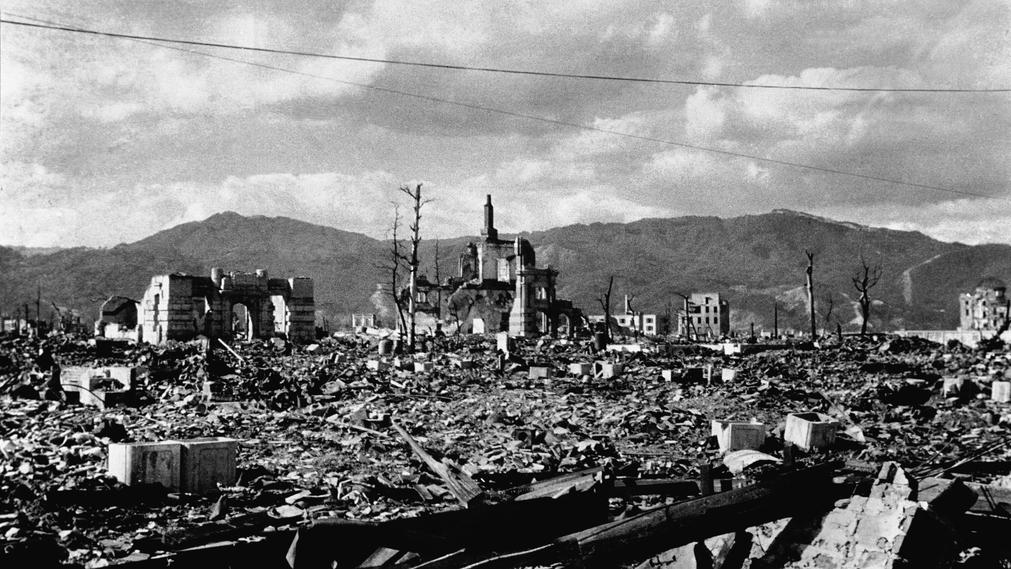
If it had been up to clocks and calendars, the bombs might have been dropped days earlier or later, but weather kept the timing tight. So, nature played a starring role — the skies had to cooperate.
An Already Scheduled Bombing Campaign
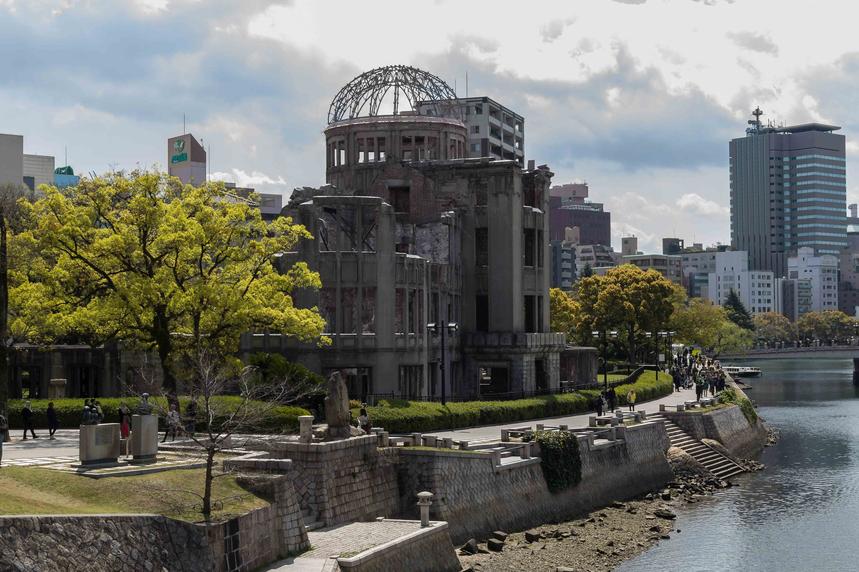
Bombing Nagasaki so soon wasn’t an impromptu decision. It was part of a pre-planned sequence. The project staff was determined to keep using atomic bombs as fast as the military and technology allowed.
Sources reveal that they had two bombs ready at Tinian Island in early August. The plan was straightforward: drop bombs on four designated cities in sequence, continuing simulations and preparations for even more bombs slated for September and October.
Curiously, the plan was to keep bombing relentlessly — potentially to soften Japan ahead of a planned invasion in November. That invasion, known to history as Operation Downfall, was expected to cost massive casualties on both sides.
So, the decision to drop the bomb on Nagasaki just three days after Hiroshima aligned with a broader strategic campaign to pressure Japan rapidly and continuously.
Lack of Communication and the Fog of War
The chaotic aftermath of Hiroshima meant Japanese command didn’t instantly grasp the nature or scope of the devastation. All communications with Hiroshima were lost, forcing Japan’s military leaders to send out messengers to investigate the disaster firsthand.
They learned it was an atomic bomb during a meeting while discussing the Soviet Union’s invasion of Manchuria — at that very moment, Nagasaki was bombed. An incredible coincidence, or maybe tragic timing.
Oddly enough, U.S. President Truman himself was apparently unaware of the exact timing of the second bomb. The military proceeded with the bombing campaign with some autonomy before Truman explicitly intervened following the Nagasaki strike.
Was Immediate Surrender the Goal?
Common belief holds that these bombs forced Japan’s unconditional surrender immediately, but historical evidence suggests otherwise.
There was no real expectation that Japan would surrender right after Hiroshima.
Instead, the bombs were dropped because they were ready — the atomic project’s culmination demanded their use. There was no binary choice between dropping the bomb or launching an invasion. The actual reasoning was that the bombs existed and plans were in motion to keep using them.
Japan’s response was not swift capitulation. They debated conditions and waited for further developments, including the Soviet invasion, before finally surrendering days after Nagasaki.
Truman’s Awakening and the Decision to Halt Bombings
After the Nagasaki bombing, Truman had a realization. He understood the military was using the bombs without his explicit ongoing approval. This prompted him to issue an order halting atomic bombings until he personally gave the go-ahead.
This moment is fascinating. It shows Truman wasn’t micromanaging every bomb drop and indicates the military had some operational latitude over an unprecedented weapon. It also reflects the novelty and chaos of executing nuclear war strategies for the first time.
What Does This Tell Us Today?
Why the short span between the two bombings? The weather window, bomb readiness, an aggressive bombing campaign, and limited real-time communication drove this tight timeline. It wasn’t just an impulsive move but part of a calculated plan to apply maximum pressure rapidly.
This raises intriguing questions: In today’s context of warfare and humanitarian considerations, would such rapid successive strikes be allowed without clearer strategic communication? And how often does nature quietly dictate the course of history?
Ultimately, the Nagasaki bombing’s timing reminds us that war decisions often combine strategy, technology readiness, mishaps, and unpredictable factors like weather. History rarely unfolds as neatly as popular narratives suggest.
Takeaway
- Weather dictated bombing windows. Operators needed clear skies to hit targets accurately.
- Bombing was pre-planned. The U.S. was ready to execute multiple atomic bomb drops quickly.
- Communications lagged. Neither side fully grasped immediate impacts during the critical days.
- Immediate surrender was unlikely. The bombs were used because they were ready, not just to force surrender instantly.
- Truman’s command evolved post-Nagasaki. He halted further bombings until he ordered otherwise.
The rapid succession of bombings makes more sense with these points in view. It’s not just military bravado or haste; it’s a mesh of natural forces, human planning, and significant unknowns. History, as you see, isn’t a simple script but a complex drama unfolding scene-by-scene.
